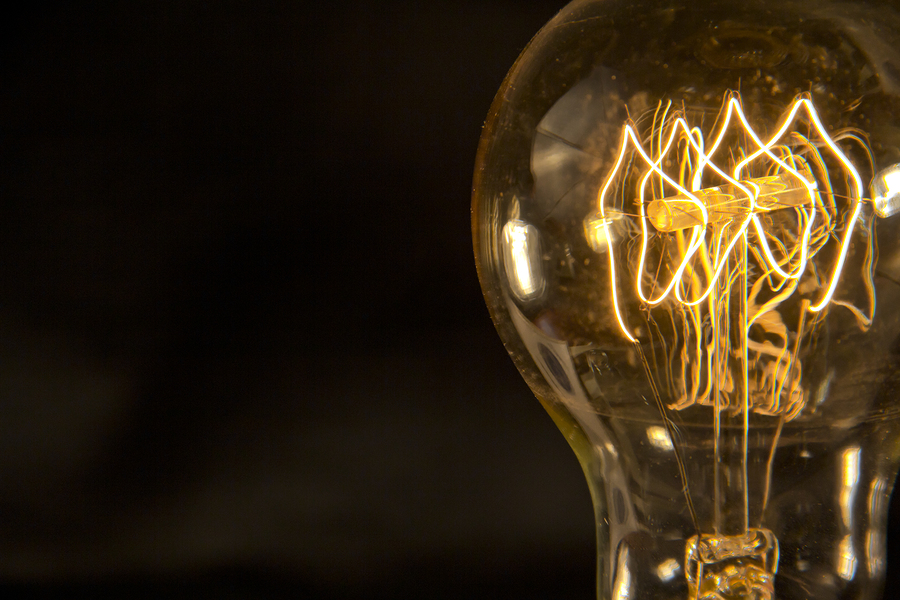
Incandescent Light Bulbs Are More Efficient Than LEDs
There don’t seem to be too many people that love the bulbs that have replaced incandescents. In fact, one of my friends says her husband hates them because they make him sick so he’s always on the hunt to grab as many as he can, before they are totally phased out. However, he may not need to now.
Researchers at MIT and Purdue believe they have a solution that may save incandescent bulbs. From the article by The Telegraph:
“Researchers at MIT have shown that by surrounding the filament with a special crystal structure in the glass they can bounce back the energy which is usually lost in heat, while still allowing the light through. They refer to the technique as ‘recycling light’ because the energy which would usually escape into the air is redirected back to the filament where it can create new light. “It recycles the energy that would otherwise be wasted,” said Professor Marin Soljacic.”
Working by heating a thin tungsten wire to temperatures of around 2,700 degrees Celsius, an incandescents hot wire emits what is known as black body radiation, a broad spectrum of light, which gives us the warm, cozy look we’ve come to know and love. But again, the bulbs aren’t efficient, they lose more than 95 percent of their energy as heat.
When the EU started restricting of the sale of incandescents, many nations followed, and we’ve been stuck with “more efficient” compact fluorescent bulbs (CFLs) and newer light-emitting diode bulbs (LEDs), ever since. But MIT and Purdue University are excited about the potential that exists with this new, small change they’ve made.
Principal research scientist, Ivan Celanovic, tells The Telegraph, “This experimental device is a proof-of-concept, at the low end of performance that could be ultimately achieved by this approach.”
If the new bulbs can do even part of what researchers hope, they will be both cheaper and safer to use. There has long been concern that modern bulbs could be preventing people from getting to sleep at night, not to mention the dangerous chemicals they contain.
Let’s hope we will soon see these new and improved bulbs on the market!











